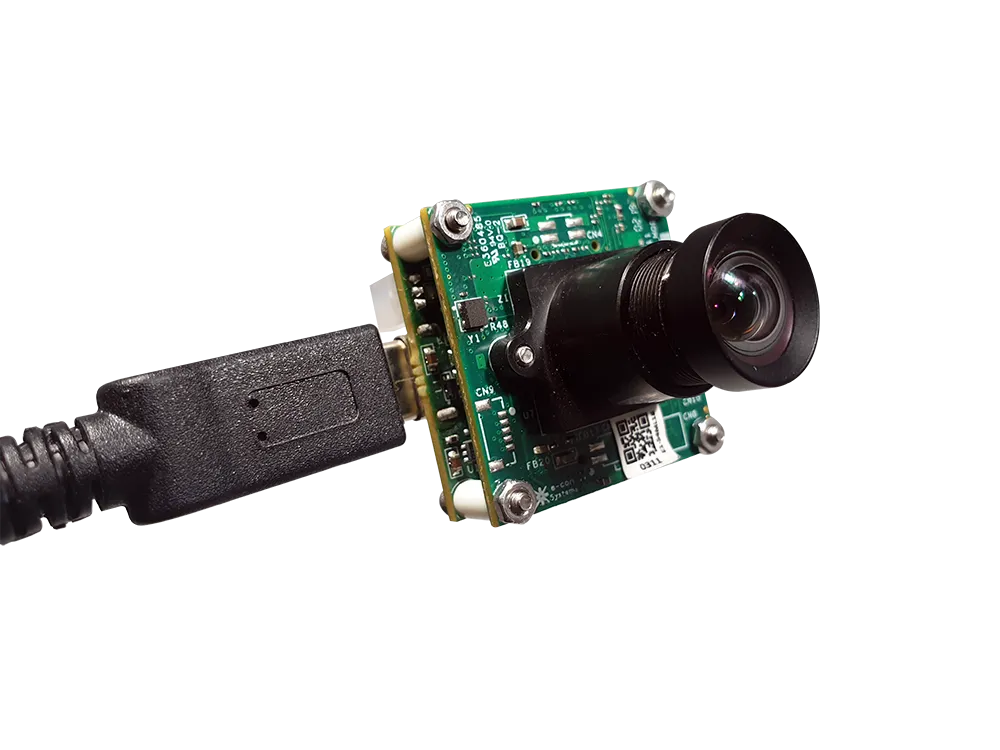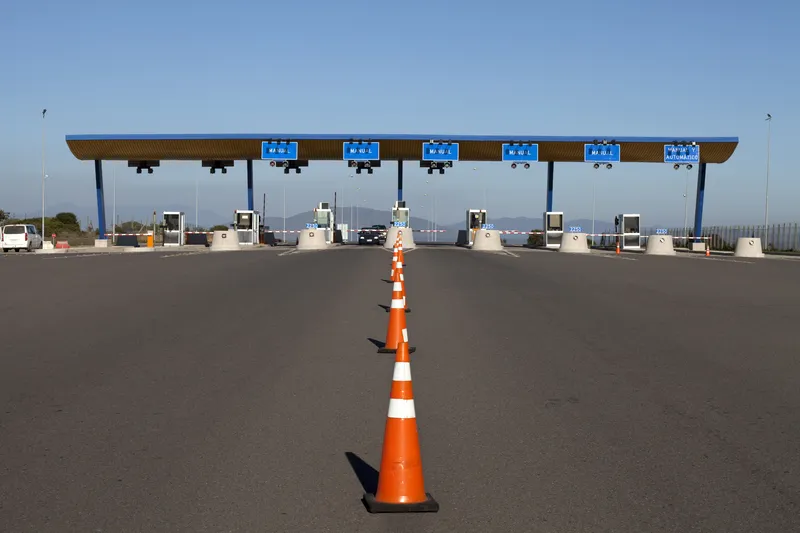E-con Systems has launched a 5MP monochrome USB 3.1 Gen 1 SuperSpeed Camera which it says captures images in visible and near-infrared regions.
February 17, 2020
Read time: 1 min

The See3CAM_CU55M camera includes a high level of signal-to-noise ratio – which, E-con says, guarantees a low noise in all conditions. E-con president Ashok Babu says: “With its low noise and excellent image quality, this will be an ideal camera for applications such as iris recognition, NIR imaging, driver monitoring and digital microscopy.”
See3CAM_CU55M also comes with S-mount lens holder and a reversible plug and play Type-C connector interface. It is supported by native UVC drivers of Windows and Linux Operating Systems and does not require any drivers to be installed on a PC, the company adds.










